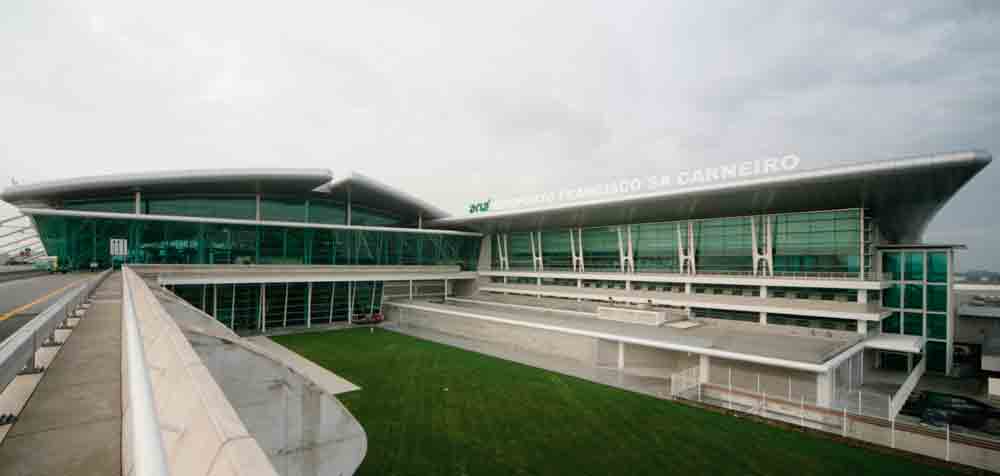ThyssenKrupp Elevadores, Portugal was tasked with installing moving walks at this airport expansion project to facilitate an expected rise in travelers.
Oporto, also known as Porto, is the second-largest city in Portugal and one of the major urban areas on the Iberian Peninsula. Located along the Douro River estuary in northern Portugal, Porto is one of the oldest European centers, registered as a World Heritage Site by the United Nations Educational, Scientific and Cultural Organization in 1996. One of the region’s international exports is port wine, named for Oporto. Wine is one of the reasons for increased tourism in the region, and the need for an expanded airport to serve the area has resulted.
Aeroporto Francisco Sá Carneiro was rebuilt and enlarged in 2006, making it one of Portugal’s largest airports in terms of terminal space, the second largest in cargo transportation and third largest in passenger transportation. ThyssenKrupp Elevadores, Portugal, was awarded a vertical-transportation contract in 2009 and tasked with installing moving walks at the airport in an expansion project to facilitate the expected rise in travelers from five to 10 million to 10 to 15 million per year. The award was the company’s latest in a string of contracts with the facility dating back to 2002. Previously, ThyssenKrupp Elevadores installed 44 elevators, 51 escalators and 11 passenger boarding bridges at the airport.
ThyssenKrupp Elevadores worked closely with airport engineers to prepare the structure of the bus gate to receive five long-distance moving walks. Because the bus gate remained in operation, much of the work was completed at night to minimize passenger disruption. The moving walks were moved into the airport in pieces via the runway and taxiway sides. The installation area, a metallic structure suspended inside the bus gate, required a precision operation to suspend the moving walks in such a narrow space.
Five Orinoco Xtra moving walks with an energy-saving system and variable-speed operation were installed. With slim balustrades, stainless-steel decking and skirt panels and a pallet width of 1,000 mm, the horizontal units are capable of speeds up to 0.65 mps. Travel length varies by unit — unit one, 40 m; unit two, 50 m; unit three, 50 m; unit four, 60 m; and unit five, 53 m. Work beneath the moving walks was carried out in a shaft lined with soundproof material. Civil construction works, electricity and other aspects were also included in the contract.
Work was completed in July 2010. With the newly installed moving walks, Francisco Sá Carneiro Airport is better equipped to handle growing passenger demands as one of the region’s main transportation hubs.
Get more of Elevator World. Sign up for our free e-newsletter.








